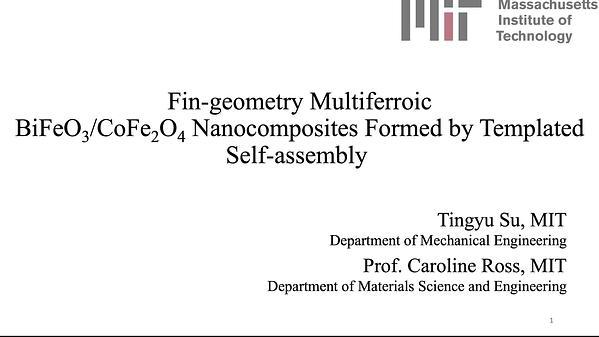
Premium content
Access to this content requires a subscription. You must be a premium user to view this content.

technical paper
Magnetic and Magnetocaloric Properties of Iron Nanoparticles Embedded Titanium Nitride Thin Film Matrix
The magnetic refrigeration, based on the magnetocaloric effect(MCE), is an efficient and environment-friendly solid-state cooling technology 1.Rare earth free nanoparticles and heterostructure systems can be used as an alternative to traditional bulk magnetocaloric materials(MCMs) due to control over the entropy change across the magnetic phase transition that can be maneuvered by varying particle size 2.The present study is focused on the MCE properties of Fe nanoparticles embedded in titanium nitride thin film grown on sapphire substrates using pulsed laser deposition.To study the effect of thermal hysteresis, M-T measurements were carried out in three different modes: zero-field cooled(ZFC),field cooled warming (FCW),and field cooled cooling (FCC).As seen in Fig.1, there is no separation between FCC and FCW curves, but there is a pronounced bifurcation between ZFC and FCW curves at 0.025T, 0.05T, and 0.1T.The absence of any separation between FCW and FCC curves suggests a negligible thermal hysteresis loss above blocking temperature. Quantitative information about the isothermal entropy change (ΔS) and the MCE in the Fe-TiN heterostructure system has been obtained by applying Maxwell relation to the magnetization versus temperature data at various fields.The Fe-TiN system shows a sizable isothermal entropy change (ΔS) over a broad range of temperatures (TB<T<300 K) as seen in Fig.2. With the dynamic magnetic hysteresis absent above the blocking temperature, the negative ΔS as high as 4.18×103 J/Km3 is obtained for 3T at 300 K.The refrigeration capacity(RC) at various applied fields have also been evaluated with the realization of a maximum value of 7.4×105 J/m3 at 3 T. With a combination of a broad range of usable ΔS and easy accessibility, the Fe-TiN material system can give us insight for the fabrication and design of novel MCMs with improved refrigeration efficiency needed for next-generation solid-state cooling.

